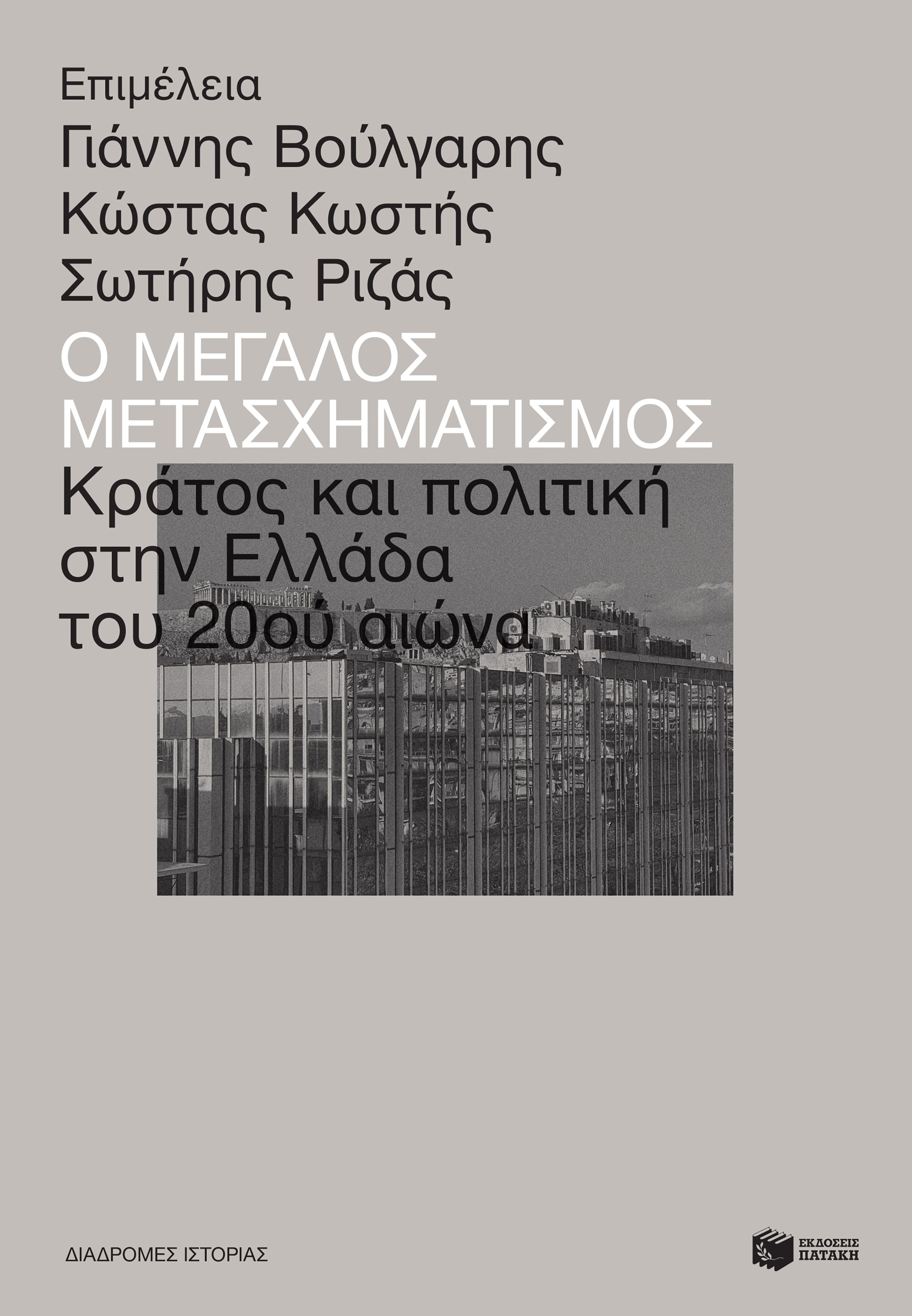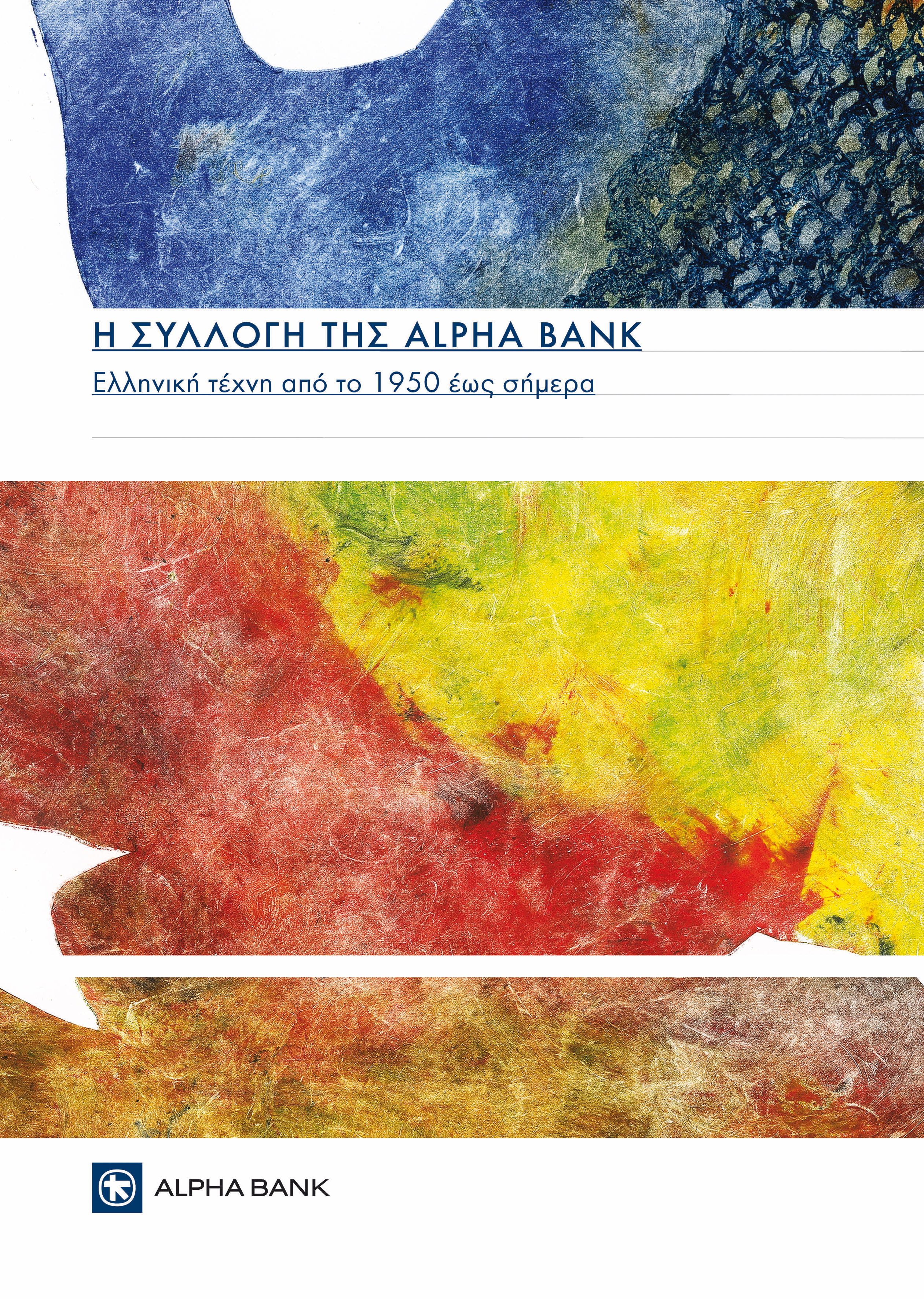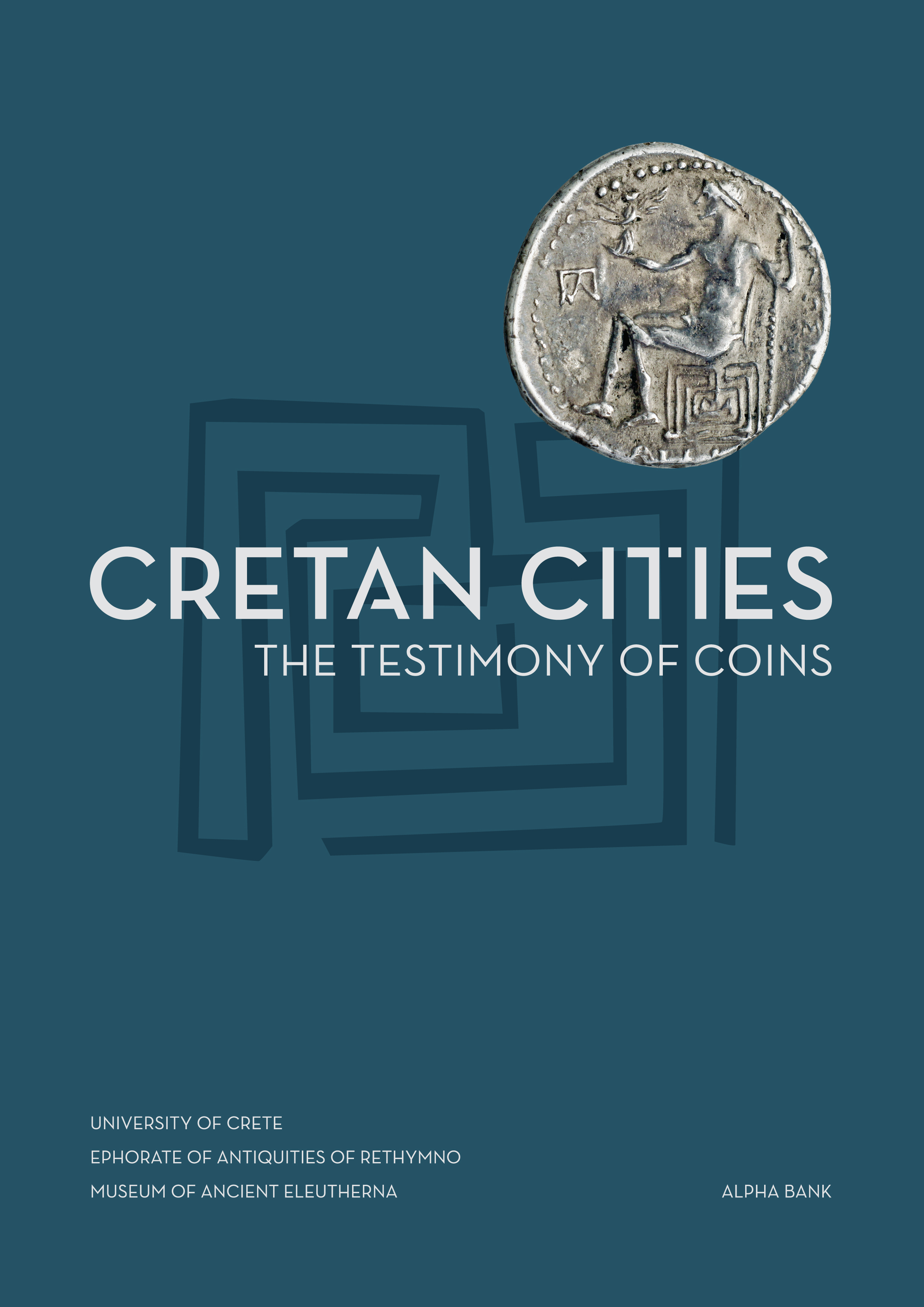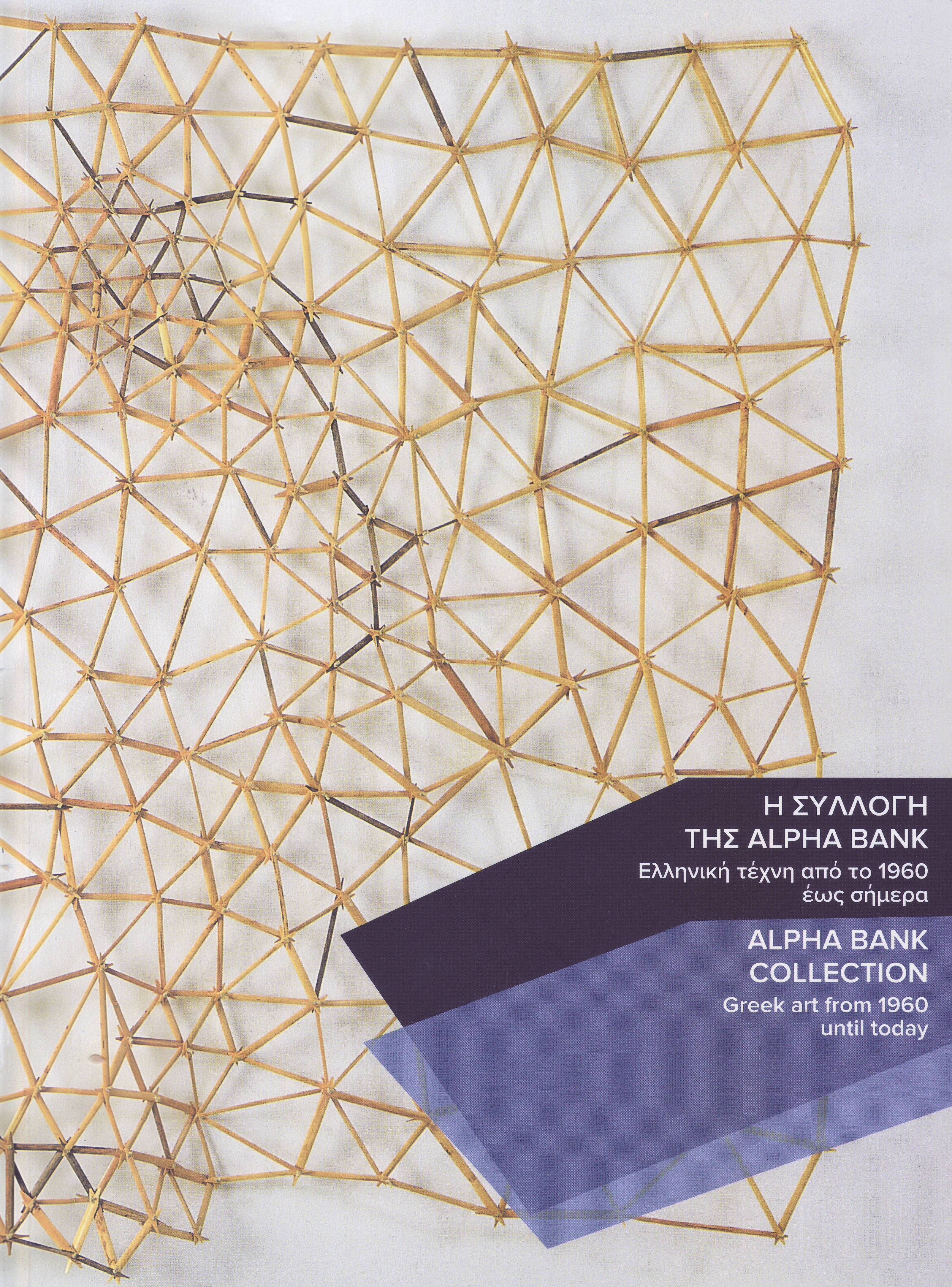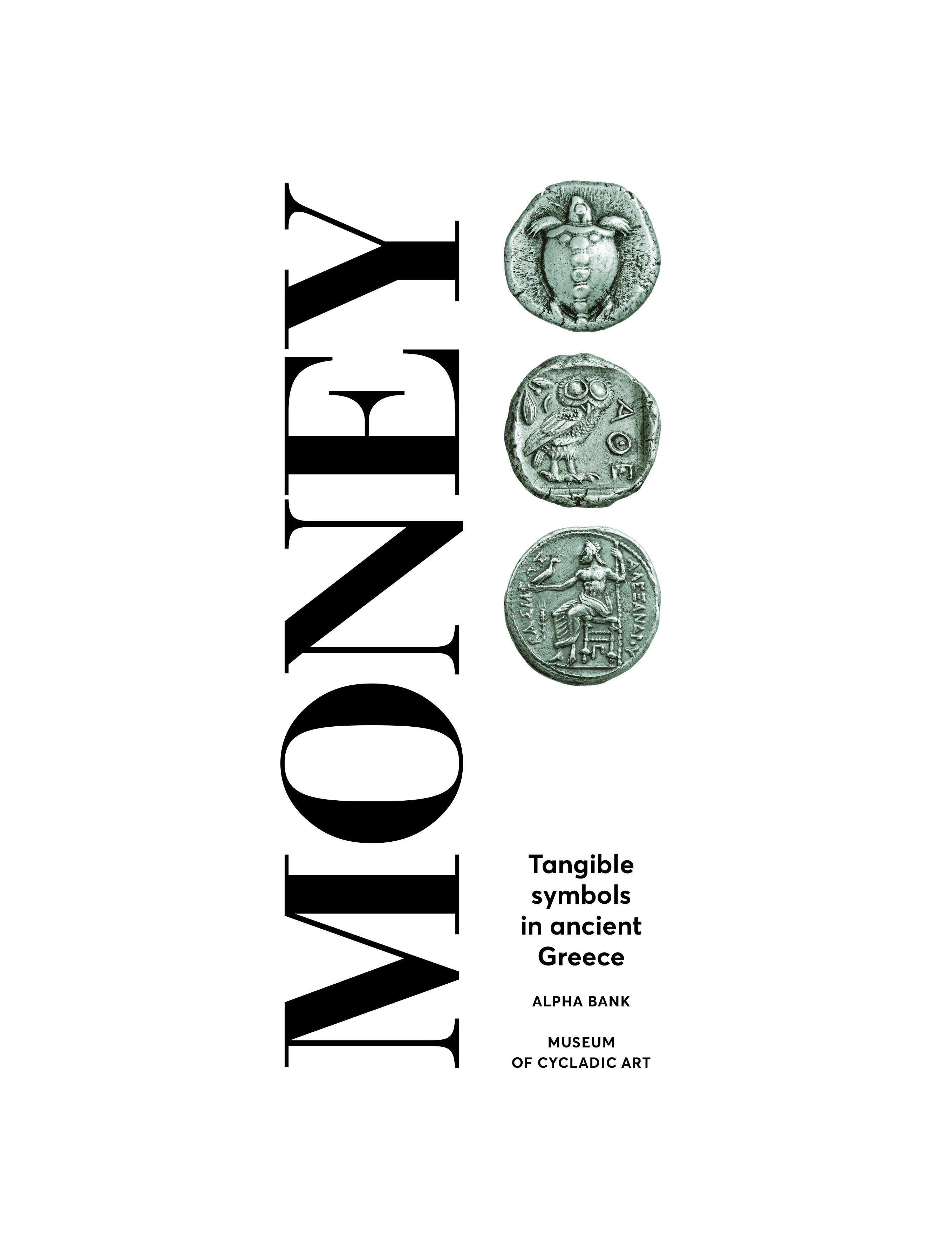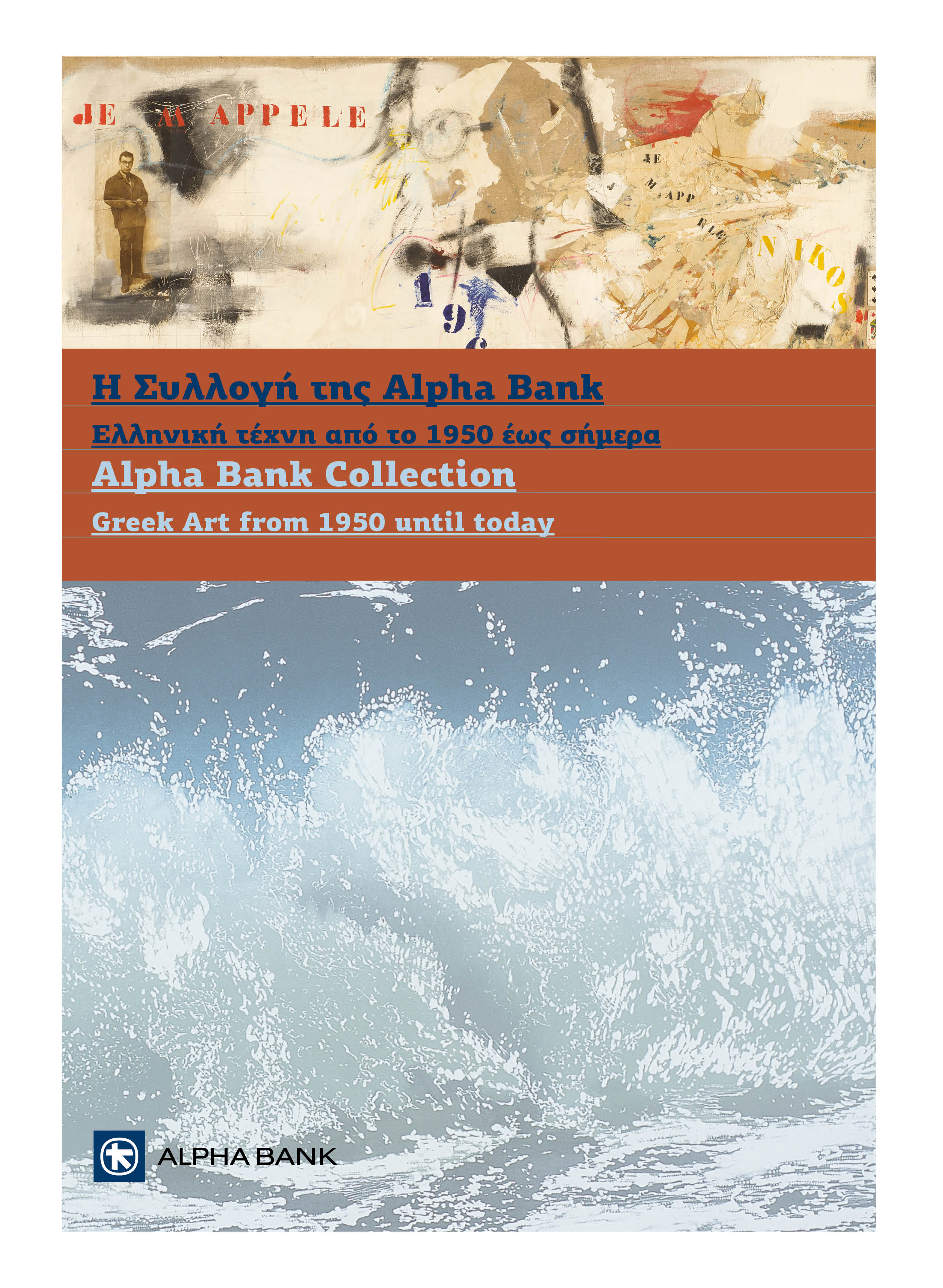Year published: 2020
Currency and Transactions. From Yesterday to Nowadays
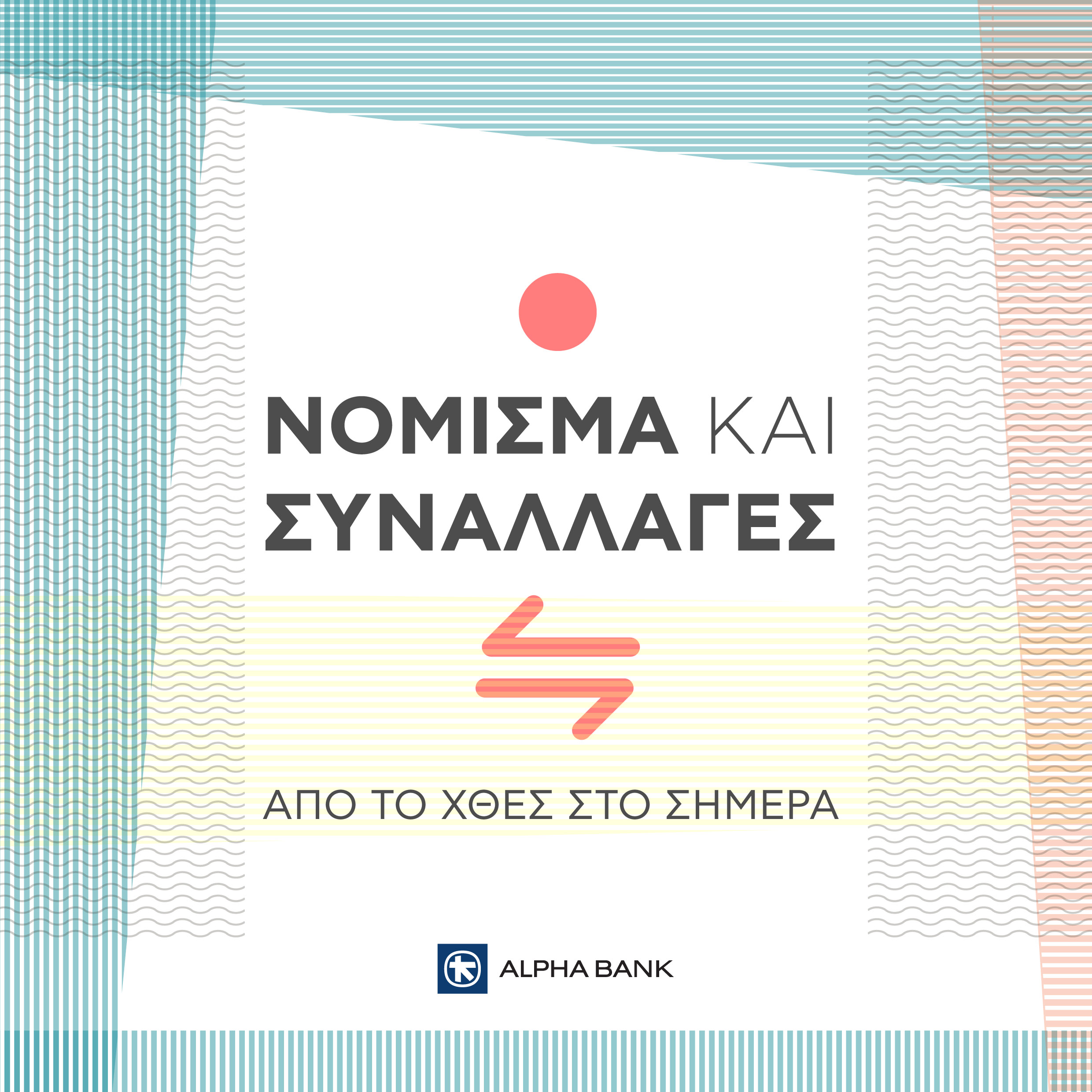
The publication Currency and Transactions. From Yesterday to Nowadays accompanies the same-titled educational programme held in schools in the form of a travelling museum kit. It presents the history of transactions in Greece, from ancient times to nowadays. It contains photos of coins from all historical periods. It also includes expressions and sayings about currency and transactions.
- Author: Dimitra Tsangari
- Language: Greek
- Year published: 2020
What the publication includes
The publication Currency and Transactions. From Yesterday to Nowadays presents the history of transactions in Greece from ancient times to nowadays. It especially focuses on ways to trade in the modern era.
The publication contains photos of coins from all historical periods. It also includes expressions and sayings about currency and transactions.
Coins go to school
The publication was issued to accompany the educational programme Currency and Transactions. From Yesterday to Nowadays, organised by the Alpha Bank Numismatic Collection in the form of a travelling museum kit. The programme is addressed to primary and high school students. True to their name, travelling museum kits travel free of charge to schools in Greece and abroad.
The material in the kit showcases the history of transactions in the Greek world over 6 historical periods. The activity is carried out by the teacher of each class.
Coinage in history
From the bartering system of early societies, humanity moved on to transactions in livestock and later on to transactions in various metals. Over time, coins became the dominant means of exchange. It changed our way of life and shaped civilisation.
The book is divided into 6 chronological sections that cover the course of currency throughout Greek history:
- Antiquity – The first coin appeared around mid-7th century BCE, a small piece of metal in the form of a disc, embossed by the issuing authority (city, ruler, nation, state entity). The main currency units were the drachma and the tetradrachm.
- Roman times – In early 3rd century BCE Rome gradually established its dominance in the Mediterranean. The new Roman currency that circulated was the dinar, a silver coin that followed the weighting rules of Greek coins.
- Byzantine world – Byzantine economy was mainly based on money transactions. The new, powerful, Byzantine coin was the gold solidus. It was soon used in the greatest part of the known world.
- Ottoman period – During the Ottoman rule over the Greek territory, the population started to trade in Ottoman currency, the para and the piastre.
- Modern Greek State – In 1827 Ioannis Kapodistrias issued the first currency unit in liberated Greece, the silver phoenix. Once the new Greek State was founded, the new currency, the drachma, was issued. In 1841 the National Bank of Greece issued the first Greek banknote. In mid-20th century, a new means of exchange was created, plastic money, which changed the way people trade.
- Nowadays – In 2002 Greece adopted the euro. With the advent of technology, currency is rapidly being replaced by intangible money. Intangible money circulates either using cards or new digital applications, such as digital banking.
Author: Dimitra Tsangari
Publisher: Alpha Bank
Place and time: Athens, 2020
Dimensions: 21 x 21 cm
Pages: 80
Cover type: Paperback
ISBN: 978-618-5072-43-8
